Pulling and Putting Things Together at the Santa Barbara Museum of Art
Celebrating the Mix of Media with Marshall Brown’s ‘The Architecture of Collage’
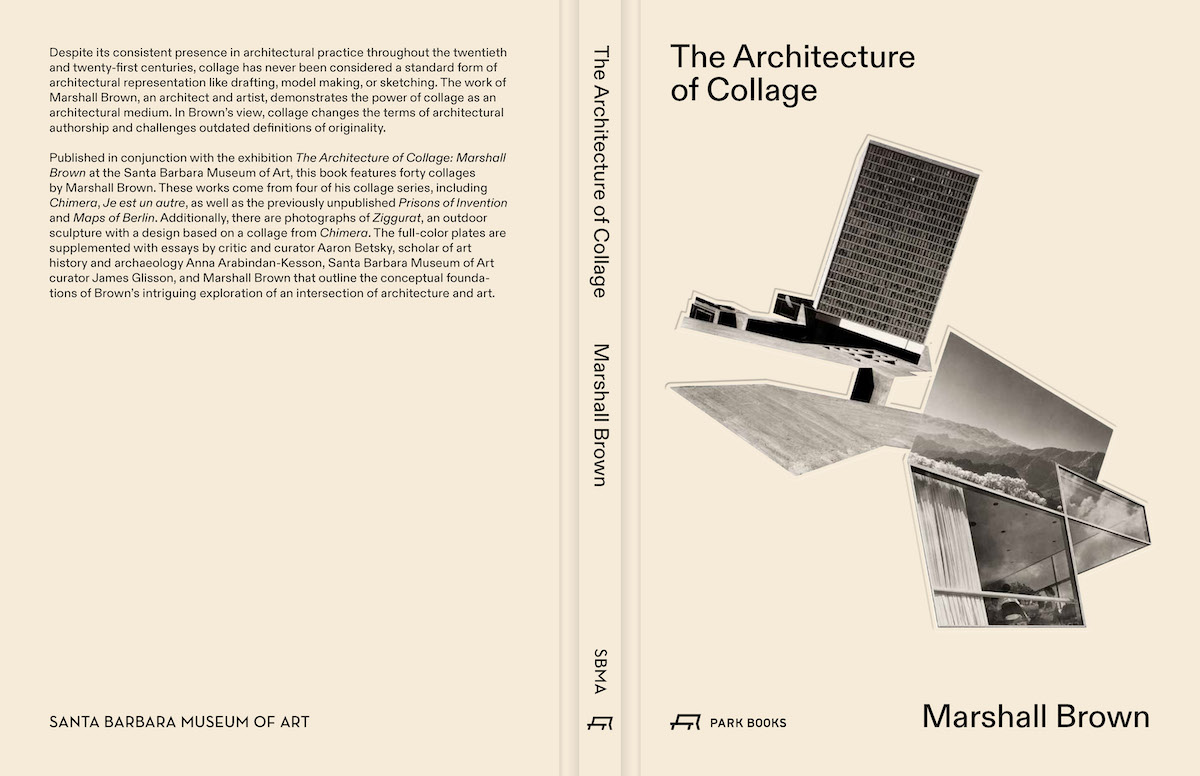
Paradox comes home to roost at the Santa Barbara Museum of Art (SBMA) this fall with the coolly entrancing Marshall Brown exhibition The Architecture of Collage. In a sense, this artist is all about architecture, which he also practices and teaches at Princeton. From another angle, architecture is subjected to his crafty collagist’s re-inventive eye. By dwelling on the architectural medium while imposing his cerebral cut-up visions, Brown pays respects with a sly re-thinker’s wit and an exacting X-Acto knife.
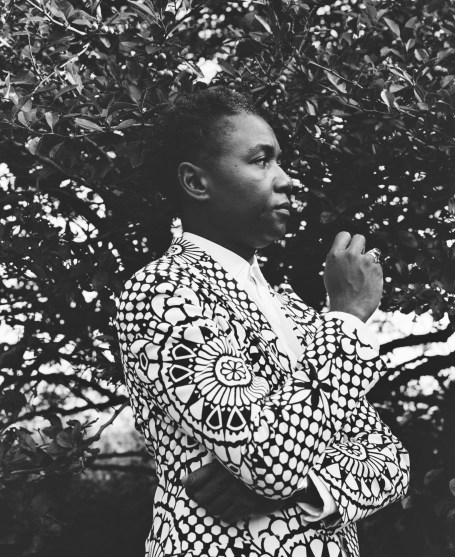
SBMA Curator of Contemporary Art James Glisson has pulled together one of the season’s important contemporary art moments in town, enabling Brown’s first museum exhibition, and with a handsome catalog in tow. The show is not an easy read, as exhibitions go, but one whose intricacies and inner beauties are revealed with time spent looking and pondering.
Brown is highly attuned to historical references, however sliced and diced, as well as the cultures of both actual architecture and representations thereof. Thus it makes sense that among works by other artists are the etching and cartography of Italian archeologist-artist-architect Giovanni Battista Piranesi (1720-1778) in the gallery devoted to Brown’s Prisoners of Invention and Maps of Berlin series. This gallery showcases the debut of these series of work, including Brown’s collage “The Round Tower,” a contemporary response to Piranesi’s 1761 etching of the same name — in a maze-like design riddle seemingly presaging M.C. Escher’s design convolutions.
From the 20th century, famed architectural photographer Julius Shulman’s striking image of the Richard Neutra–designed Chuey House feels like a template for some of Brown’s angular compositional imagination.
As the exhibition title suggests, Brown’s art is rooted in both architecture and collage, and with a keen sensibility of the kind of careful, structural composition and balance germane to the concerns of architecture. These collages are well-built and stylish in their postmodernist way.
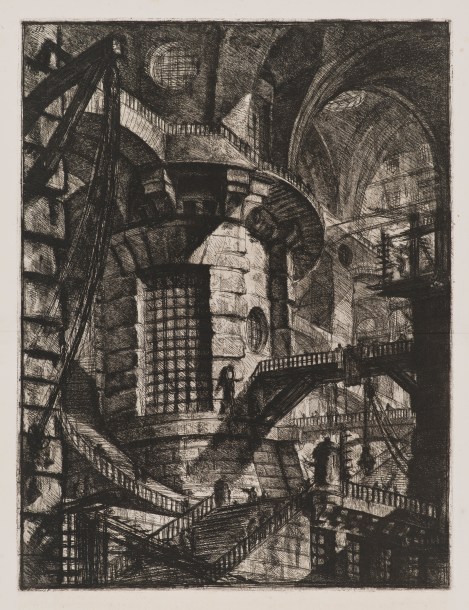
For Brown, collage is a medium he deftly uses to create alluring new structures and geometries from parts both random and unexpectedly complementary. White space and voids are handled with care and complete the pictorial essence of each piece, avoiding the temptation in the collage medium of overfilling space.
Each piece contains its own identity. “The Grand Piazza” has a lighter palette, aligned to the implied grid of vertical elements, while “A Chance to Do Both” blends fragments in descending blocks, with black-and-white architectural details and a kitschy color ’60s fashion magazine image of a woman lounging. A seamless stitchery of parts coheres into sweeping arc gestures in “Repetition as a Form of Change” and “The Gothic Arch,” and he cross-references architectural icons Ludwig Mies van der Rohe and Marcel Breuer in his 14-07-27 series.
Meanwhile, over in the Piranesi-related gallery, Brown’s epic redux and deconstruction of Piranesi’s colored map of Berlin becomes an amorphous semi-abstraction, a thing of strange wonder and optical delight. The architect, when in collagist mode, specializes in defying gravity and reshaping design logic, while making observations about the concrete realities and history of architecture. His stuff holds up and invites gawking, on its own cerebral terms.
The Architecture of Collage: Marshall Brown is on view at Santa Barbara Museum of Art (1130 State St.) through January 7, 2023. For more information, visit sbma.net/exhibitions/marshallbrown.
Support the Santa Barbara Independent through a long-term or a single contribution.

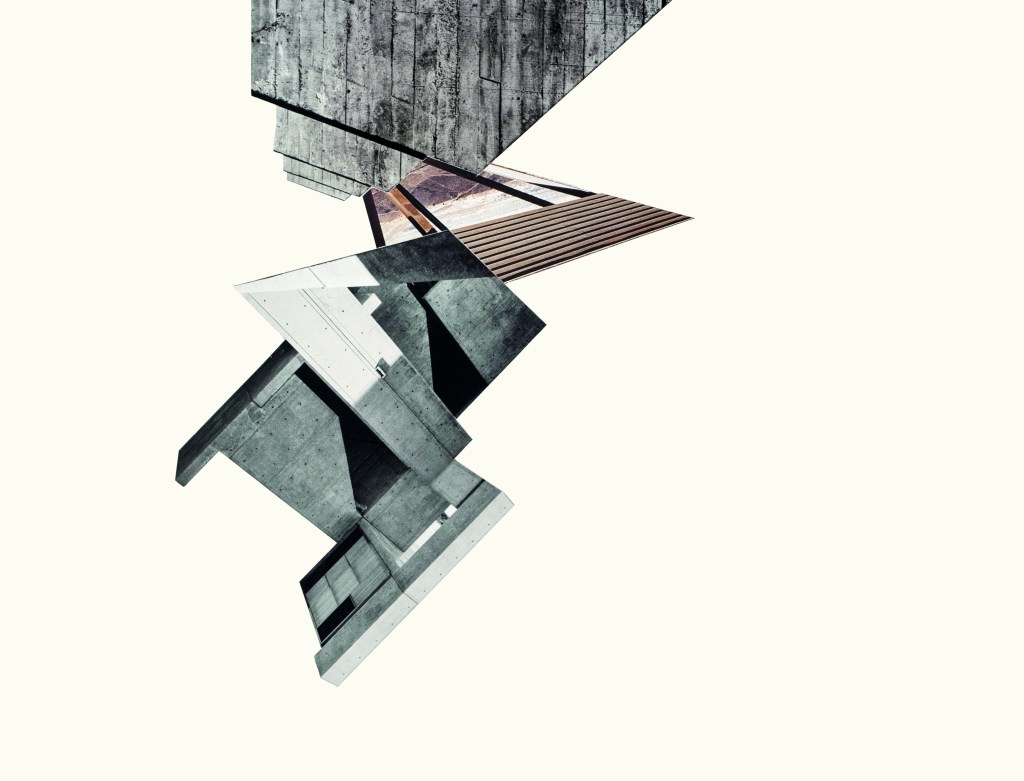
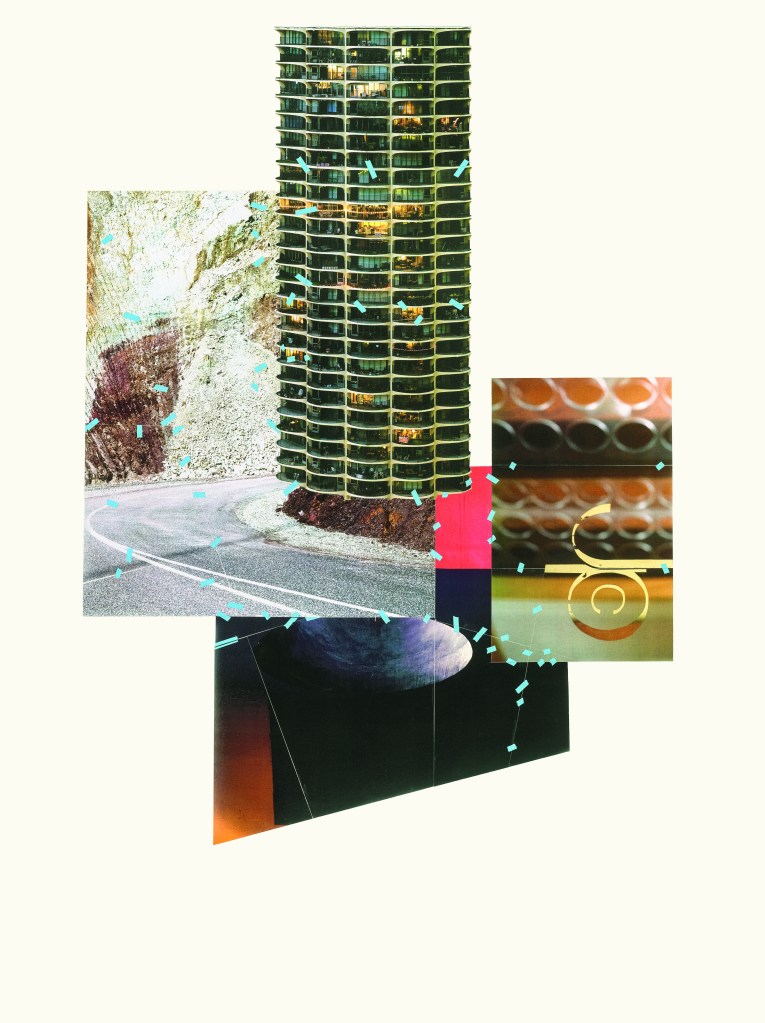
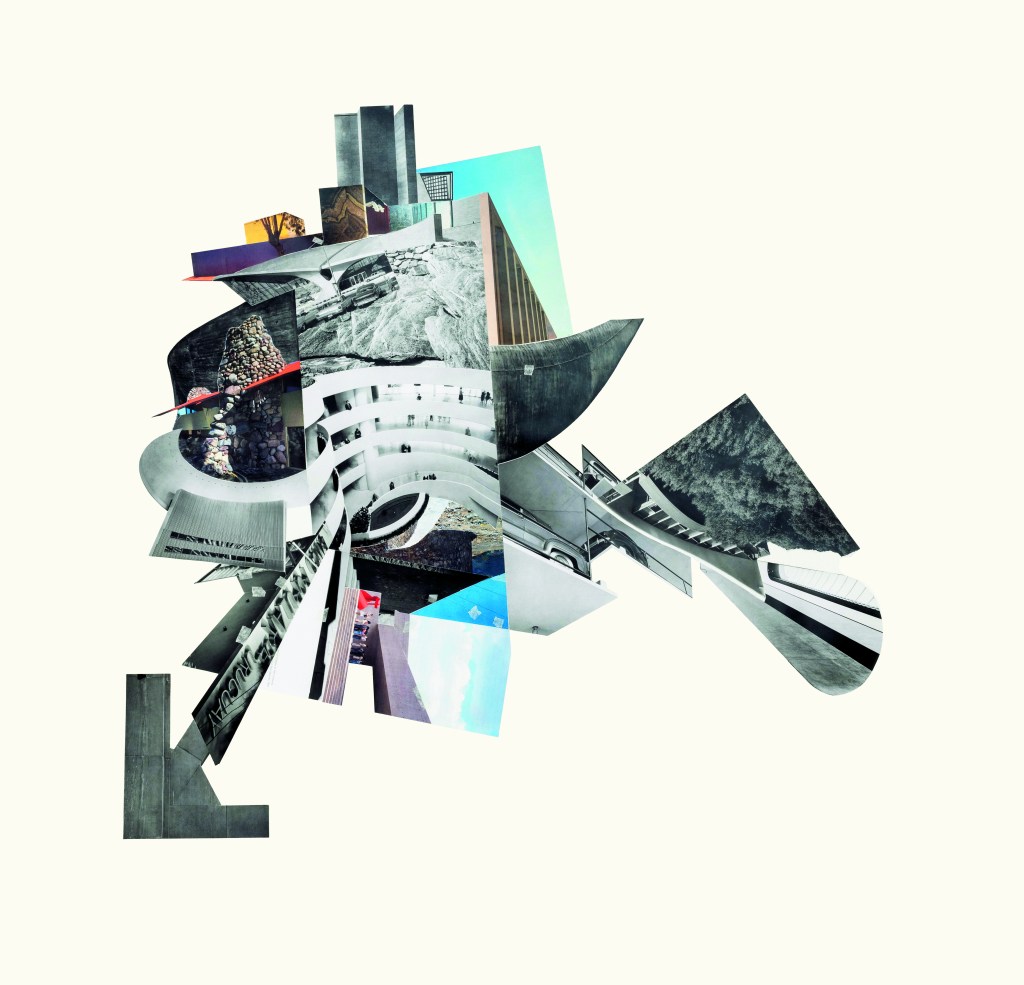
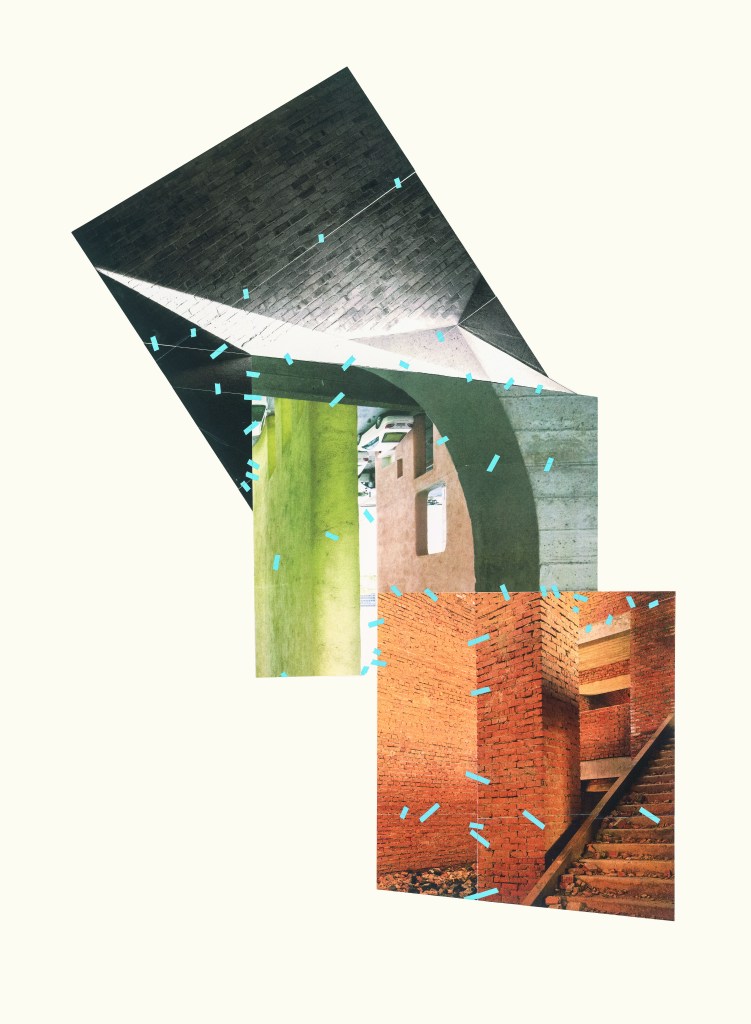
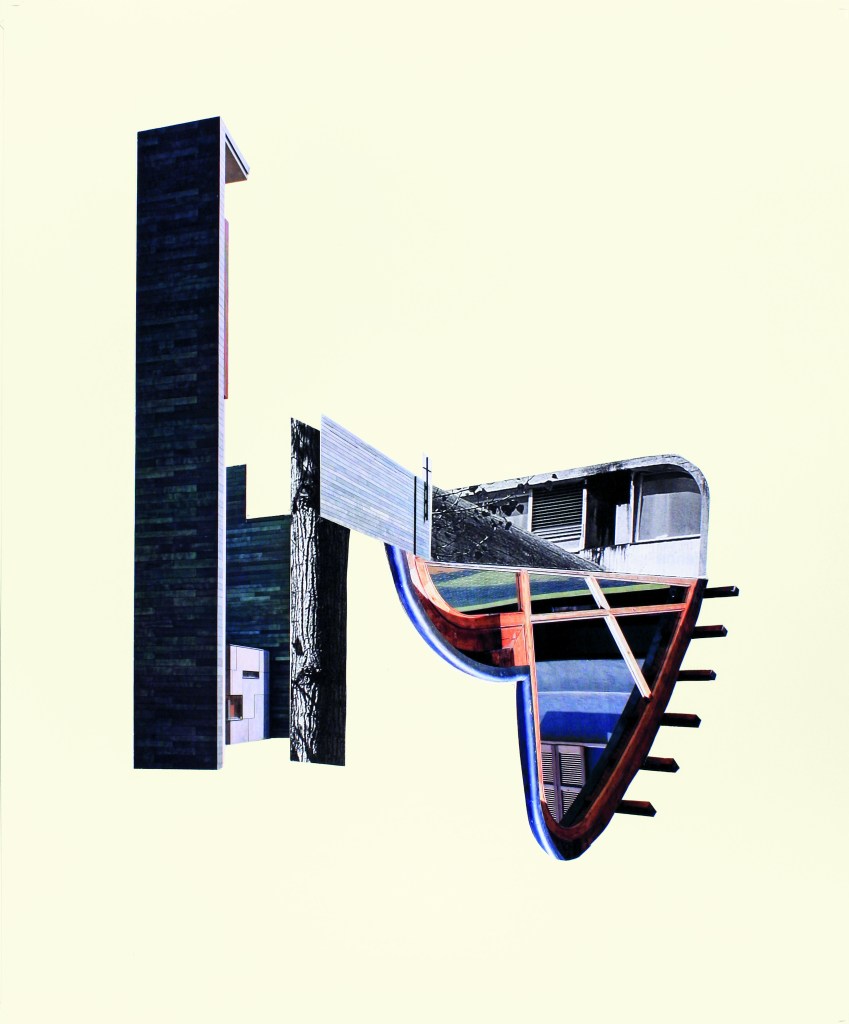
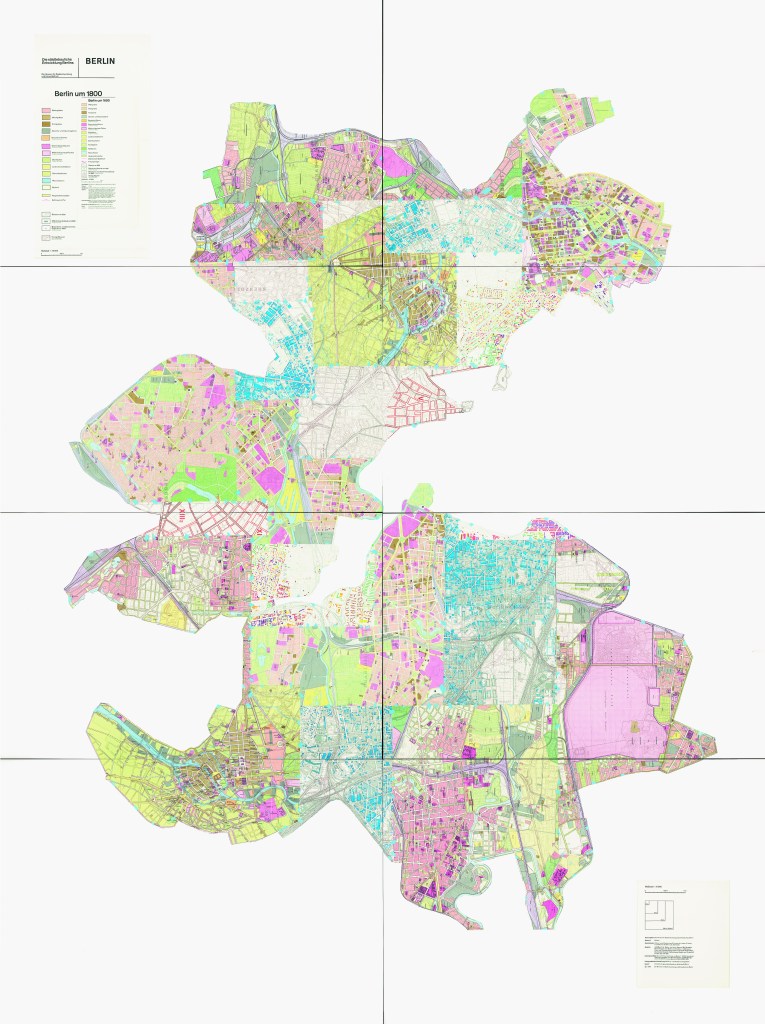



You must be logged in to post a comment.